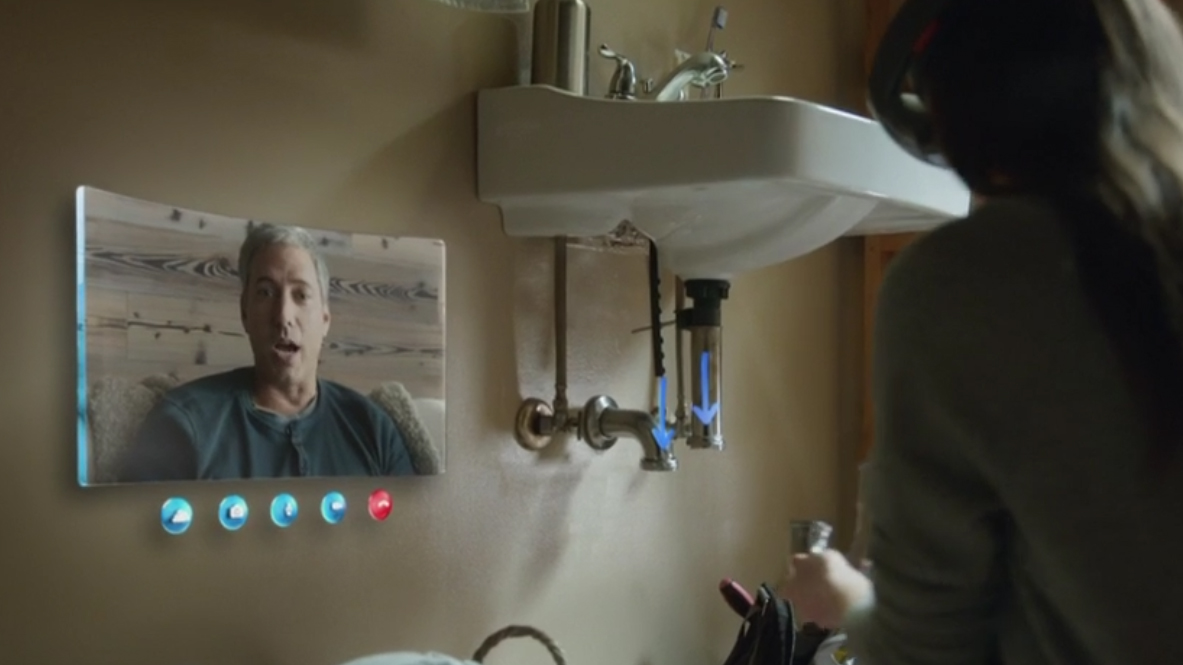How Windows 10 is shaping up for the age of the Internet of Things
Why we want to use Windows 10 in the future

For the team at Dizmo.com, Microsoft's recent Windows 10 announcement has been of particular interest to our concept and software, and also poses questions about how other products may conceive of this new release, especially in the age of the Internet of Things.
Free upgrade to Windows 10
To begin with, a free upgrade for Windows 7/8 users is a fair move indeed. If Microsoft is to really pull consumers and developers into this new platform, this is an essential start. Working more efficiently and effectively with 'cloud-centric universal apps', engaging several devices and providing a consistent user experience across them, is something we also like.
However, the idea may still be limited and just focused on ensuring such consistency instead of inventing a new user experience for the post-PC age. So while we appreciate the move to provide smoother settings and additional menu simplification for example, we believe Microsoft's menu-driven UI still sticks to the fixed-screen, keyboard and mouse PC legacy that we're all very familiar with.
Cortana voice recognition
Having Cortana voice recognition for the PC, and integrating this into a brand new browser is fantastic – finally! We would need to take a look at this feature more closely before formulating a final opinion on this, but this definitely means easier and faster interactivity with web resources.
Windows Holographic
The most amazing part of the announcement for me was Windows Holographic, though. This is a definitive attempt to move into the next age of IoT, distributed intelligence and augmented reality, through a set of new technologies, which completely breaks the PC paradigm. It is an insight into the future, and it opens up a space for imagination, newer applications and how we interact with digital resources – this is the inspiration we should follow.
Some last thoughts
As a final note, less astounding than the Holographic announcement, but still important to take notice of, I appreciate the introduction of the Surface Hub. This is a strong attempt to smooth over our tasks in business meetings, such as setting up devices and the connection with other participants, as well as allowing for mixing, matching and sharing data, content, notes with others, etc.
However it still does all these tasks in a way that is linked to an expensive piece of hardware and in a relatively closed and confined workspace. True collaboration calls for much more – which is to engage with content from any source, to any device, and anywhere. In this case, this is not quite there yet. I am very intrigued to see were this goes, however, and how Dizmo can be implemented with this platform in the future!
Are you a pro? Subscribe to our newsletter
Sign up to the TechRadar Pro newsletter to get all the top news, opinion, features and guidance your business needs to succeed!
- Luigi Mantellassi is CMO of Dizmo.com